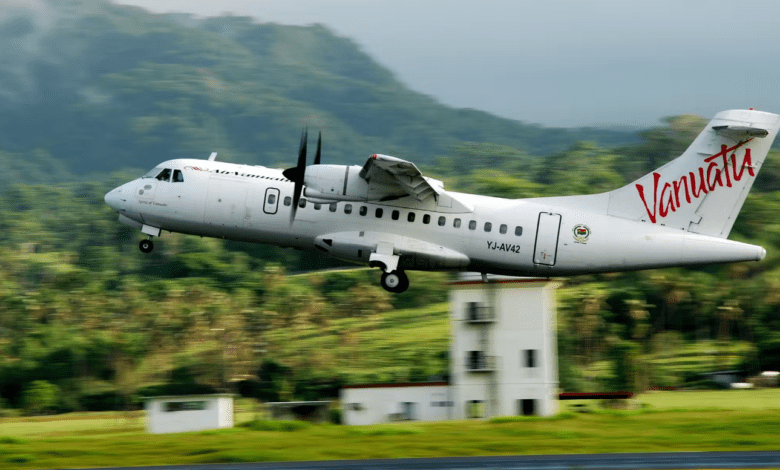Attempting to turn a profit as a commercial airline is hard enough without extremely limited funding, long distances to cover, high fuel prices, and unpredictable conditions. Nonetheless, this is the reality that most airlines in the South Pacific face as they attempt to provide essential air service to thousands of small islands across the region.
The COVID-19 pandemic, coupled with increasingly challenging economic conditions, has pushed many small South Pacific airlines to their limits, and they have been forced to shut down repeatedly. While a failed airline in most places will likely mean higher prices and less convenient service, a lack of flights in small South Pacific island nations leaves people unable to see their loved ones, get to school, or travel for any other reason.
The story of Air Vanuatu’s collapse in May 2024 is emblematic of issues facing airlines across the South Pacific, some of which are getting increasingly dire. According to The New Zealand Herald, the airline entered voluntary administration, an alternative to bankruptcy protection, earlier this month.
What happened to Air Vanuatu?
Air Vanuatu was launched in 1981 as a state-owned enterprise that aimed to operate essential air services between the nation’s many remote islands. By 2020, the airline had grown to operate a fleet of six turboprop and jet aircraft and operated flights to 37 destinations.
Then, it was struck by one problem after another, with a global pandemic shuttering demand and subsequent severe weather events disrupting operations. In the years that followed, the airline struggled financially following inflationary pressures and higher fuel prices, forcing it to begin falling behind on its debts.
Then, this past month, after spending so much time and effort attempting to grow, it came crashing down.
According to ABC News, a few short weeks ago, the carrier was placed into voluntary administration, with American consulting and accounting firm Ernst & Young assuming control as administrator.
This left over 1,500 workers stranded in New Zealand, and the carrier still owed a problematic $74 million to creditors worldwide. The airline had six aircraft and 441 employees when its largest aircraft, a leased Boeing 737, was swiftly repossessed in Melbourne.
Troubling signs
While the collapse of a single state-owned flag carrier is nothing new globally, within the South Pacific, it is troubling for other small national airlines. These carriers have the biggest responsibilities—ensuring safe, consistent air travel—while also being trapped with extremely limited financial resources.
At the same time, they are facing increasingly inauspicious economic circumstances. Acquiring new aircraft by lease is increasingly becoming more expensive, fuel prices are rising and competitive forces in the industry will ultimately hurt these small carriers the most.
There are a few potential solutions that industry experts have raised. A report funded in part by the Australian government came to the key recommendation that alliances between carriers could be a key solution to help ensure the consistency of air travel and provide consumers with more convenient options. The operative implication is that such tactics could help incentivize more passenger traffic, helping these airlines generate much-needed revenue.
An under-discussed solution to the situation is a joint venture between multiple nations. If a handful of small South Pacific island nations were to come together to create a single airline, larger in scope and with more financial resources, it could overcome the economic headwinds currently facing carriers like the soon-to-be-defunct Air Vanuatu.
source:https://simpleflying.com





